Npm Install Cypress Not Working
Possible Issues with npm install cypress not working:
1. Incorrect Installation Steps:
One common reason for npm install cypress not working is improper installation steps. Ensure that you have followed the official Cypress installation guide correctly, which includes running the command “npm install cypress” in your project directory.
2. Compatibility Issues with Node.js:
Cypress has specific requirements for compatibility with different versions of Node.js. Make sure that your Node.js version matches the Cypress requirements. You can check the compatibility matrix on the Cypress website or use the command “node -v” to verify your Node.js version.
3. Insufficient System Requirements:
Cypress has certain system requirements that need to be met for successful installation. Check if your system meets the minimum requirements, such as having enough memory, disk space, and a supported operating system.
4. Network Connectivity Problems:
Sometimes, network connectivity issues can prevent npm from fetching the Cypress package. It can result in a stalled or failed installation. Verify that you have a stable internet connection and try running the installation command again.
5. Interference from Antivirus or Firewall Software:
Antivirus or firewall software can block the installation or execution of certain commands, including npm install cypress. Temporarily disabling these security tools or adding exceptions for Cypress-related processes can help resolve the issue.
6. Conflicts with Other Installed Packages:
Conflicts can arise when multiple packages have conflicting dependencies. Other packages installed in your project might be causing issues with npm install cypress. To resolve this, run “npm ls” to view the dependency tree and check for any conflicting or outdated packages.
7. Cache Corruption or Outdated Packages:
Cached data corruption or outdated packages can lead to unpredictable behavior while installing Cypress. Clearing the npm cache using “npm cache clean –force” and updating all outdated packages in your project with “npm update” may resolve the issue.
8. Use of Incorrect Command Syntax:
A small syntax error or typo while running the installation command can cause npm install cypress not to work. Double-check the command for any mistakes and run it again.
9. Dependency Conflicts with Other Packages:
Dependency conflicts can occur when a package required by Cypress conflicts with a package already present in your project. To resolve this, try removing or updating conflicting packages, or consult Cypress documentation for guidance on resolving dependency conflicts.
FAQs:
Q1. What should I do if npm install cypress is stuck or takes too long?
If npm install cypress seems to be stuck or takes an unusually long time, first ensure that you have a stable internet connection. If the issue persists, try cleaning the npm cache using “npm cache clean –force” and then attempt the installation again.
Q2. How can I check the Cypress version installed in my project?
To check the Cypress version installed in your project, use the command “npx cypress –version” within your project directory. This will display the version of Cypress installed.
Q3. What should I do if I encounter an error while running npm cypress install?
If an error occurs during npm cypress install, carefully read and understand the error message to identify the cause. Refer to the Cypress documentation or search for similar issues on online forums or GitHub repositories for potential solutions.
Q4. Why am I unable to download the Cypress app during installation?
If the Cypress app could not be downloaded during installation, it may be due to network connectivity issues, blocked access, or restrictions on your system. Ensure that you have a stable and unrestricted internet connection, and try running the installation command again.
Q5. How can I force the installation of a specific version of Cypress (e.g., 9.6.1)?
To install a specific version of Cypress, you can specify the version in the npm install command. For example, to install Cypress version 9.6.1, use the command “npm install [email protected]”. This forces npm to install the exact version specified.
In conclusion, when faced with issues related to npm install cypress not working, it is important to carefully analyze the potential causes and apply the appropriate troubleshooting steps. Following the recommended installation steps, ensuring compatibility, meeting system requirements, checking network connectivity, and handling conflicts or errors diligently will help overcome these issues and successfully install Cypress for your testing needs.
Cypress Cannot Be Installed Error
How To Install Cypress In Npm?
When it comes to end-to-end testing, Cypress has gained immense popularity among developers due to its simplicity and effectiveness. Cypress is a fast, reliable, and easy-to-use test automation framework that allows you to write and execute tests directly in the browser. In this article, we will walk you through the step-by-step process of installing Cypress using npm, and provide answers to some frequently asked questions to help you get started with Cypress testing smoothly.
Before diving into the installation process, make sure you have Node.js and npm (Node Package Manager) installed on your machine. You can check their versions by running the following commands in your terminal:
“`
node -v
npm -v
“`
To install Cypress in npm, follow these steps:
Step 1: Create a new directory for your Cypress project, or navigate to an existing one.
“`
mkdir my-cypress-project
cd my-cypress-project
“`
Step 2: Initialize a new npm project by running the following command:
“`
npm init -y
“`
This command will create a `package.json` file for your project, which will be used to manage your project dependencies.
Step 3: Install Cypress as a dev dependency by running the following command:
“`
npm install cypress –save-dev
“`
This command will download and install Cypress, and save it as a dev dependency in your `package.json` file. The `–save-dev` flag ensures that Cypress is not included in the production build when you deploy your application.
Step 4: Once the installation is complete, you can open Cypress by running the following command:
“`
npx cypress open
“`
Cypress will then launch, and a new window will appear showing your project’s folder structure.
Congratulations! You have successfully installed Cypress using npm. Now, let’s move on to some frequently asked questions about Cypress:
FAQs:
Q1: What is Cypress?
A1: Cypress is an end-to-end testing framework that allows you to write and execute tests directly in the browser. It provides a simple and easy-to-understand API for writing tests, and allows you to run tests in a real browser environment.
Q2: Why should I use Cypress?
A2: Cypress offers several advantages over other testing frameworks. It provides a comprehensive and intuitive testing experience, with automatic waiting for DOM elements, real-time reloading, and time-traveling debugging. It also provides a range of powerful features such as stubbing and spying on network requests, and automatically recording all the actions taken during a test.
Q3: How does Cypress work?
A3: Cypress runs directly in the browser, alongside your application. It uses a combination of JavaScript and DOM manipulation to control and observe your application while the tests are running. Cypress works independently of your application’s backend, allowing you to test your frontend in isolation.
Q4: Can I run Cypress tests in CI/CD pipelines?
A4: Yes, Cypress is fully compatible with CI/CD pipelines. It provides a command-line interface that allows you to run tests headlessly and generate reports in various formats. You can integrate Cypress with popular CI/CD tools such as Jenkins, CircleCI, and Travis CI to automate your testing process.
Q5: Can I write my Cypress tests in other programming languages?
A5: No, Cypress only supports JavaScript for writing tests. However, you can use additional libraries and frameworks such as Cucumber or TypeScript to enhance your test scripts and make them more readable and maintainable.
Q6: How can I configure Cypress for my project?
A6: Cypress provides a configuration file called `cypress.json` that allows you to customize various settings for your project, such as the base URL, test files location, and browser preferences. You can create this file manually in the root directory of your project, or use the `cypress open` command to generate it automatically and modify the settings through a user-friendly GUI.
In conclusion, Cypress is a powerful and user-friendly testing framework that simplifies the process of creating and executing end-to-end tests. By following the installation steps mentioned above, you can easily get Cypress up and running in your project. Don’t forget to explore the documentation and community resources to unlock the full potential of Cypress and enhance your testing capabilities. Happy testing!
Why My Npm Install Is Not Working?
NPM, short for Node Package Manager, is an essential tool for JavaScript developers. It allows developers to easily install and manage packages or modules needed for their projects. However, it is not uncommon to encounter issues when running the npm install command. In this article, we will explore some of the most common reasons why your npm install might not be working, as well as provide solutions to address these issues.
1. Version Conflicts:
One of the primary reasons why your npm install might fail is due to version conflicts between packages. This occurs when two or more packages required by your project have conflicting dependencies. To resolve this, you can try updating the versions of the conflicting dependencies to compatible versions or use a package manager like yarn which handles version conflicts more effectively.
2. Slow Internet Connection:
Another issue that could cause npm install to fail is a slow or unstable internet connection. If your internet is erratic or too slow, it may result in packages being downloaded only partially or not at all. To address this, verify your internet connection stability and try again. If the problem persists, consider switching to a more stable internet connection or using a VPN to boost your internet speed.
3. Cached Packages:
Sometimes npm install issues arise from cached packages. NPM has a package cache that can cause conflicts if you attempt to install a package with a different version. Clearing the cache can often resolve this issue. You can do so by running the `npm cache clean –force` command. Afterward, try running npm install again.
4. Package Lock File:
NPM introduced a package-lock.json file since version 5, which helps ensure deterministic builds. However, this file can sometimes result in conflicts or installation issues. If you suspect your package-lock.json file is causing the problem, you can try deleting it and running npm install again. The file will be automatically regenerated with updated dependencies.
5. Firewall or Proxy Restrictions:
In some cases, firewalls or proxy settings can prevent npm from accessing required resources, such as package registries. If you are behind a firewall or using a proxy, make sure to configure NPM to work properly. Use the following commands to configure the proxy settings:
“`
npm config set proxy
npm config set https-proxy
“`
Replace `
6. Insufficient Disk Space:
Another common reason for npm install failures is a lack of disk space. Ensure that your system has enough free space to accommodate the packages being installed. If your disk is full, consider removing unnecessary files or applications to free up space.
7. Incorrect npm Permissions:
Sometimes, npm install issues can be due to incorrect permissions. Ensure that you have the necessary permissions to run npm install. On Unix-based systems, you might need to run the command with elevated privileges using the `sudo` command.
These are some of the common reasons why your npm install might not be working as expected. By troubleshooting these issues, you should be able to resolve the problem and get back to building your JavaScript projects seamlessly.
FAQs:
Q1. Why do I see “ERR! network getaddrinfo ENOTFOUND registry.npmjs.org” error while running npm install?
A1. This error often indicates an issue with your internet connection. Make sure you are connected to the internet and your DNS settings are correct. Additionally, check if you are behind a proxy or firewall that could be blocking the npm registry. Configure your proxy settings accordingly.
Q2. How can I resolve conflicting package versions?
A2. Conflicting package versions can be resolved by updating the versions of the conflicting packages to compatible ones. You can also use a package manager like yarn that handles version conflicts more effectively.
Q3. What can I do if npm install takes too long to complete?
A3. A slow npm install can be due to a slow or unstable internet connection. Verify your internet stability and consider using a more stable connection or VPN. You can also try clearing the npm cache using `npm cache clean –force` to speed up the installation process.
Q4. How can I troubleshoot npm install errors using verbose output?
A4. Running `npm install –verbose` will provide more detailed output, helping you identify the root cause of the installation error. Analyze the error messages and search online for solutions specific to your issue.
Q5. Why do I get “EACCES: permission denied” error when running npm install?
A5. This error is often caused by insufficient permissions to access or modify files on your system. To resolve it, run the command with elevated privileges using `sudo npm install`. However, it’s recommended to create a separate user with appropriate permissions for running npm commands.
In conclusion, encountering issues with npm install is not uncommon. However, with the knowledge of common reasons and troubleshooting methods described above, you should be able to overcome these problems and continue your JavaScript development journey smoothly.
Keywords searched by users: npm install cypress not working npm install cypress stuck, Cypress install, npm cypress error, Check cypress version, Cypress npm, the cypress app could not be downloaded, install cypress 9.6 1, force cypress install
Categories: Top 94 Npm Install Cypress Not Working
See more here: nhanvietluanvan.com
Npm Install Cypress Stuck
If you are a developer or someone involved in web development, you might be familiar with the npm (Node Package Manager) and Cypress. npm is a package manager for Node.js and allows developers to easily install, manage, and share JavaScript modules. Cypress, on the other hand, is a modern end-to-end testing framework for web applications. However, sometimes you might find yourself in a situation where running “npm install cypress” gets stuck. In this article, we will explore some common reasons why npm install cypress might get stuck and possible solutions to overcome these issues.
1. Slow network or internet connection:
One of the most common reasons for npm install cypress to get stuck is a slow network or internet connection. When you run the install command, npm needs to download and install various packages from the internet. If your network connection is slow, it might take a long time for npm to retrieve and install these packages, making it appear as if the installation is stuck. To resolve this issue, ensure that you have a stable and fast internet connection before running the installation command.
2. Proxy configuration:
Another reason for npm install cypress to get stuck can be due to improper proxy configuration. If you are behind a corporate network or using a proxy server, you might need to configure npm to work with the proxy settings. You can set the proxy configuration by using the following commands:
“`
npm config set proxy http://yourproxy:yourport
npm config set https-proxy http://yourproxy:yourport
“`
Replace “yourproxy” with the appropriate proxy server address and “yourport” with the port number. After setting the proxy configuration, try running npm install cypress again and see if the installation issue is resolved.
3. Dependency conflicts:
Sometimes, npm install cypress can get stuck due to conflicts between dependencies. When installing Cypress, npm also installs various other packages that are required as dependencies. If there is a conflict between these dependencies, the installation process can get stuck. To resolve this issue, you can try deleting the `node_modules` directory and the `package-lock.json` file and then run npm install cypress again. This will clear any conflicting dependencies and reinstall them from scratch.
4. Insufficient system resources:
Lack of sufficient system resources can also cause npm install cypress to get stuck. This can happen when your computer is running low on available memory or CPU resources. To overcome this issue, try closing any unnecessary applications or processes that might be using up system resources and then run the installation command again.
5. Registry issues:
Sometimes, npm install cypress may get stuck due to issues with the npm registry. The npm registry is a public repository where npm packages are stored. If the registry is experiencing downtime or any other technical issues, it can affect the installation process. To check if there are any issues with the registry, you can visit the npm status page (https://status.npmjs.org/) to see if there are any reported incidents. If the registry is down, you will need to wait until the issue is resolved before attempting to install Cypress again.
FAQs:
Q: How long should npm install cypress take?
A: The time taken by npm install cypress can vary depending on various factors such as your internet connection speed, system resources, and the size of the packages being installed. Generally, it should take a few minutes to complete the installation. However, if the installation process appears to be stuck for an unusually long time (e.g., more than 30 minutes), you might want to investigate the possible causes mentioned above.
Q: Is there an alternative to npm install cypress?
A: Yes, there are alternative ways to install Cypress. One such alternative is using yarn package manager instead of npm. Yarn is another popular package manager for JavaScript and is known for its faster and more reliable installation process. You can use the command “yarn add cypress” to install Cypress using yarn.
Q: I’ve tried all the solutions mentioned above, but npm install cypress is still stuck. What should I do?
A: If none of the solutions mentioned above resolve the issue, you can try reaching out to the Cypress community for support. The Cypress community is active and helpful, and you can ask questions or seek assistance on the official Cypress GitHub repository or the Cypress community forums.
In conclusion, npm install cypress getting stuck can be frustrating, but with the right troubleshooting steps and understanding of the possible causes, you can overcome these issues. Ensure that your network connection is stable, check proxy configurations, resolve dependency conflicts, manage system resources, and monitor the npm registry’s status. By taking these steps, you can ensure a smooth installation process for Cypress and continue with your web development projects.
Cypress Install
Introduction:
Cypress is a powerful end-to-end testing framework that allows developers to efficiently test web applications in a real browser environment. Its easy-to-use interface and robust features make it a popular choice among developers worldwide. Installing Cypress can be done quickly and effortlessly if you follow the right steps. In this article, we will take a deep dive into the Cypress installation process to help you get started with this amazing testing tool.
Table of Contents:
1. Prerequisites for Installation
2. Installing Cypress
3. Setting up Cypress in Your Project
4. Running Your First Cypress Test
5. Frequently Asked Questions (FAQs)
1. Prerequisites for Installation:
Before installing Cypress, make sure your system meets the following requirements:
– Node.js: Cypress is built on top of Node.js, so you must have it installed on your machine. You can download and install the latest version from the official Node.js website.
– Package Manager: You will also need a package manager (either npm or Yarn) to install Cypress. npm comes bundled with Node.js, so it will be automatically installed. However, if you prefer using Yarn, make sure it is installed as well.
2. Installing Cypress:
To install Cypress, follow these steps:
1. Open your terminal or command prompt.
2. Navigate to your project directory where you want to install Cypress.
3. Run the following command to initialize a new Node.js project:
“`
npm init
“`
4. Answer the prompts that follow to create a `package.json` file for your project.
5. Now, you can install Cypress by running the following command:
“`
npm install cypress –save-dev
“`
This command will fetch the latest version of Cypress and add it as a development dependency in your project.
3. Setting up Cypress in Your Project:
Once Cypress is installed, you need to set it up in your project. Follow these steps:
1. In your project directory, run the following command to open Cypress:
“`
npx cypress open
“`
2. A Cypress window will open, and you will see a list of files and folders. This is the default directory structure of Cypress.
3. Close the Cypress window for now.
4. Running Your First Cypress Test:
Now that you have Cypress installed and set up, let’s run a simple test case to ensure everything is working correctly. Follow these steps:
1. In your project directory, navigate to the “cypress/integration” folder.
2. Remove the example test file (`example.spec.js`) to make way for our new test.
3. Create a new file named `myFirstTest.spec.js` in the “cypress/integration” folder.
4. Open this file in your preferred code editor and add the following code:
“`javascript
describe(‘My First Test’, () => {
it(‘Visits the Cypress homepage’, () => {
cy.visit(‘https://www.cypress.io’)
cy.contains(‘Better, faster, and more reliable testing’)
})
})
“`
5. Save the file and return to your terminal.
6. Run the following command to open Cypress and execute the tests:
“`
npx cypress open
“`
7. The Cypress window will open again, displaying your newly created test file.
8. Click on `myFirstTest.spec.js` to run the test case.
9. A browser will automatically open, and you will see Cypress executing the test case on the Cypress website.
10. Congratulations! You have successfully run your first Cypress test.
5. Frequently Asked Questions (FAQs):
Q1. Can I install Cypress globally instead of locally?
A1. Yes, you can install Cypress globally, but it is recommended to install it locally within your project. Installing locally ensures that you have the correct version of Cypress for your project, and your project’s dependencies are isolated.
Q2. How do I update Cypress to the latest version?
A2. To update Cypress to the latest version, you can run the following command within your project:
“`bash
npx cypress update
“`
This command will fetch and install the latest version of Cypress for your project.
Q3. Can I use Cypress with other testing frameworks like Mocha or Jest?
A3. Yes, Cypress can be used with other testing frameworks. By default, Cypress uses its own testing framework, but it can be integrated with Mocha or Jest if you prefer using those frameworks.
Q4. Are there any IDE plugins available for Cypress?
A4. Yes, Cypress has plugins available for popular IDEs such as Visual Studio Code (VSCode), Atom, and JetBrains IDEs. These plugins provide syntax highlighting, IntelliSense, and other helpful features for writing Cypress tests.
Q5. Can Cypress test mobile applications or native mobile features?
A5. No, Cypress is primarily designed for testing web applications in a browser environment. It does not provide native support for mobile application testing or simulating native mobile features.
Conclusion:
Installing and setting up Cypress is a straightforward process if you follow the steps outlined in this article. By leveraging Cypress’s powerful capabilities, you can ensure the quality and reliability of your web applications. Take advantage of the extensive documentation and vibrant community surrounding Cypress to maximize your testing potential. Happy testing!
Npm Cypress Error
Introduction:
As an essential tool for web developers, NPM (Node Package Manager) makes it easier to manage and install dependencies for JavaScript projects. Among the many packages available, Cypress stands out as a powerful end-to-end testing framework. However, encountering errors while using Cypress can be frustrating. In this article, we will delve into the most common npm Cypress errors, providing a troubleshooting guide to help identify and resolve them. Additionally, we will address frequently asked questions (FAQs) to ensure you have a comprehensive understanding of NPM Cypress errors.
1. Common NPM Cypress Errors and Troubleshooting Steps:
1.1. “Cypress command failed” or “Cypress is not recognized” error:
– Ensure Cypress is installed correctly. Run `npx cypress install` to reinstall Cypress.
– Confirm that the `cypress` command is available globally. Use `npm list -g` to check global packages.
– Ensure that the PATH environment variable includes the correct Cypress binary location.
1.2. “Cypress failed to start” or “Cypress verification timed out”:
– Check for conflicting processes that hinder Cypress from starting. Close unnecessary applications or terminals.
– Temporarily disable antivirus or firewall software, as they might interfere with Cypress.
1.3. “Failed to retrieve versions” or “Error: EACCES: permission denied”:
– Run the command with administrator/sudo privileges.
– Confirm that your user has sufficient permissions to access NPM’s registry.
1.4. “An unexpected error occurred while accessing the file system”:
– Verify the file system integrity and ensure that you have the necessary read/write permissions for the directory.
1.5. “Plugin X failed to load” or “Error: Plugin X never returned a resolved value”:
– Validate the versions of your dependencies and ensure they are compatible with Cypress.
– If using TypeScript, ensure proper typings compatibility or try temporarily disabling TypeScript.
2. Cypress FAQs:
2.1. What should I do if I encounter an unknown error not covered here?
– Review the Cypress GitHub repository, as it might be an existing issue with a potential solution.
– Make sure you have the latest version of Cypress and your dependencies.
2.2. How do I debug my tests?
– Use the `debugger;` statement directly in your test code to pause execution and inspect variables in the browser’s developer tools.
– Cypress provides a UI debugger, accessible by adding `cy.debug()` in your test code, which opens a developer tools window.
2.3. Can I run Cypress on headless mode?
– Yes, you can run Cypress tests in headless mode, which runs without a visible browser UI. Use the `cypress run` command with specified options.
2.4. How can I handle flaky tests or intermittent failures?
– Cypress retries failed commands by default, but if you have flaky tests, you can add custom retry logic in your test code using `cy.retry()`.
2.5. Is there a way to run tests in parallel to save time?
– Yes, Cypress supports parallelization using tools like Cypress Test Retries, Cypress Dashboard, or integrating with other Continuous Integration (CI) systems.
2.6. Can I use Cypress without NPM?
– While NPM is the most common package manager for Cypress, you can also use Yarn or PNPM for installing and managing Cypress dependencies.
Conclusion:
NPM Cypress errors can hinder your development workflow, but armed with troubleshooting steps and knowledge of FAQs, you can overcome these challenges. Remember to check frequently on the Cypress GitHub repository for updates and new solutions. Continuous learning and exploration of Cypress’s extensive documentation will further solidify your understanding of this powerful testing framework. Happy testing!
Images related to the topic npm install cypress not working
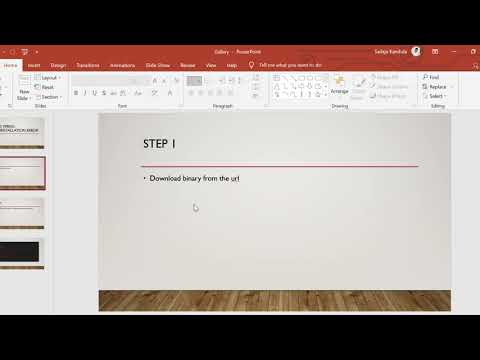
Found 8 images related to npm install cypress not working theme


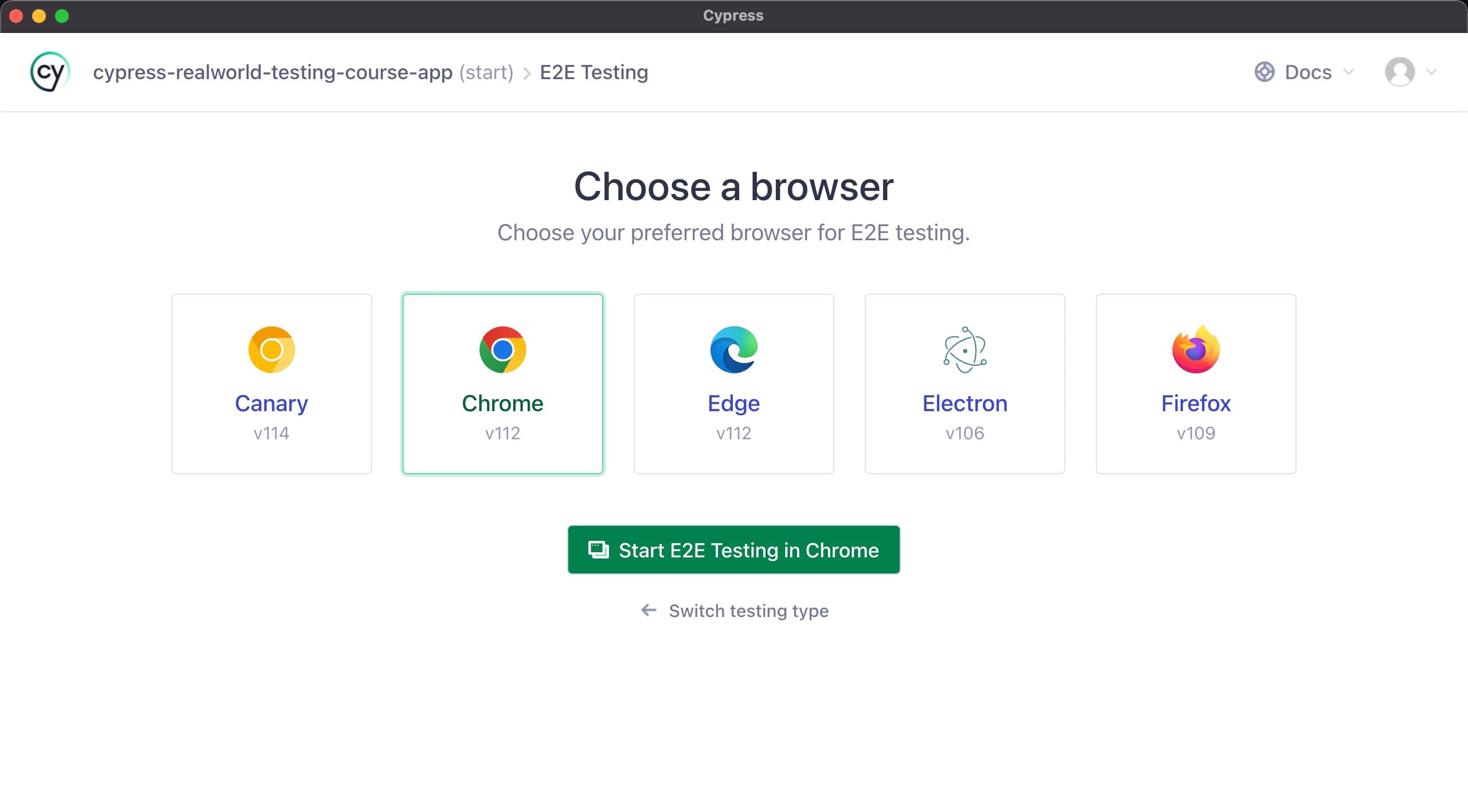
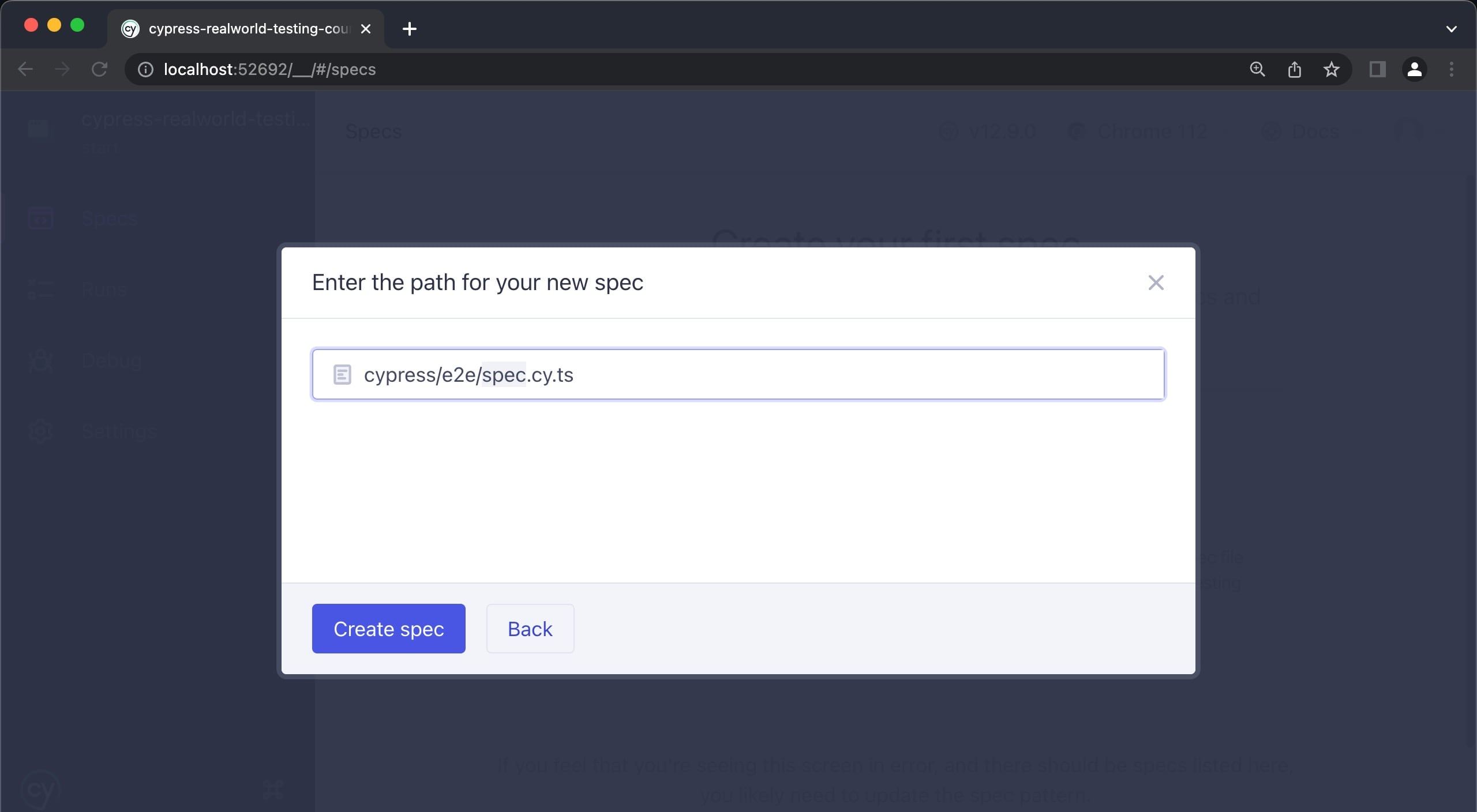
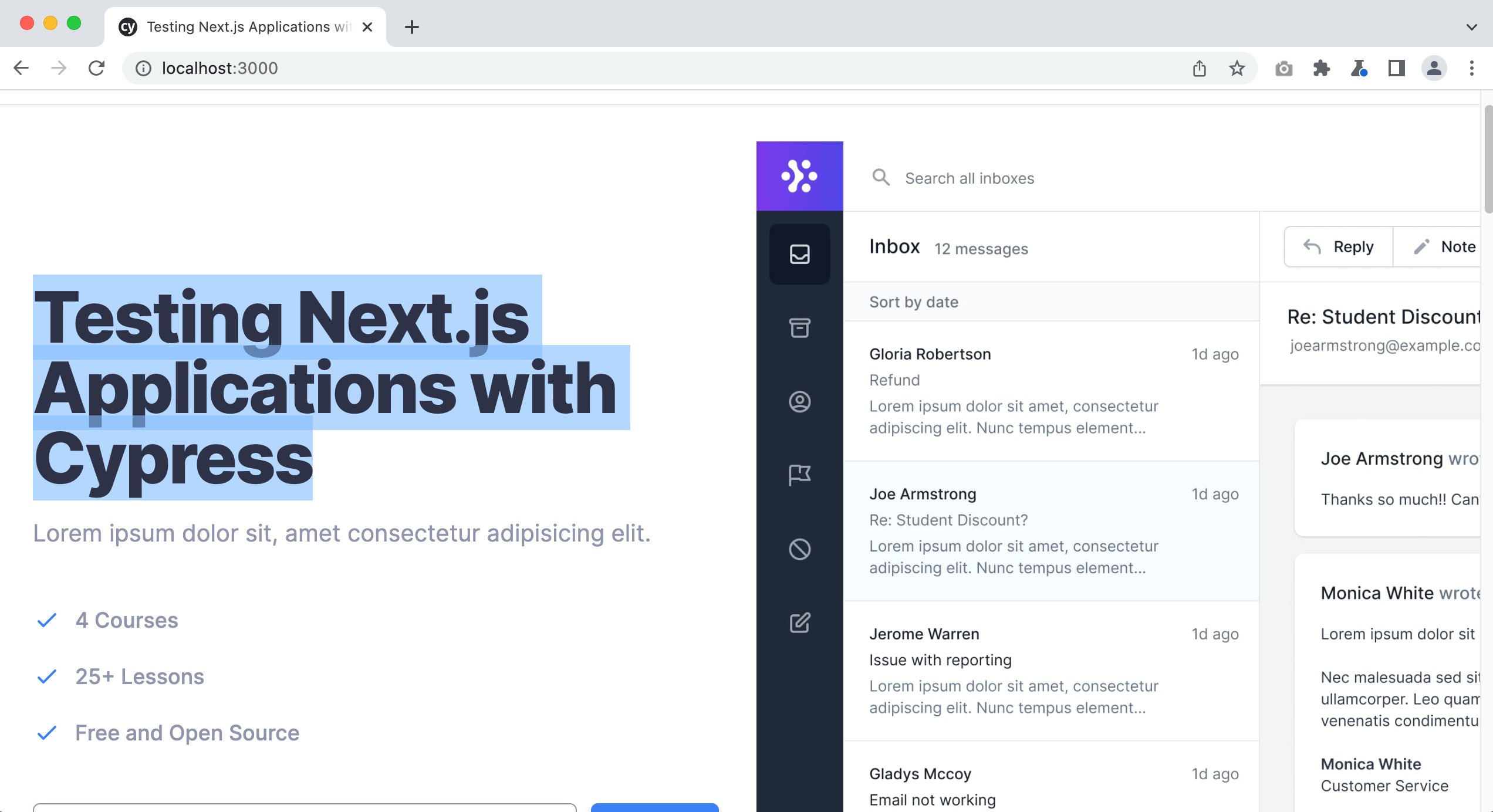
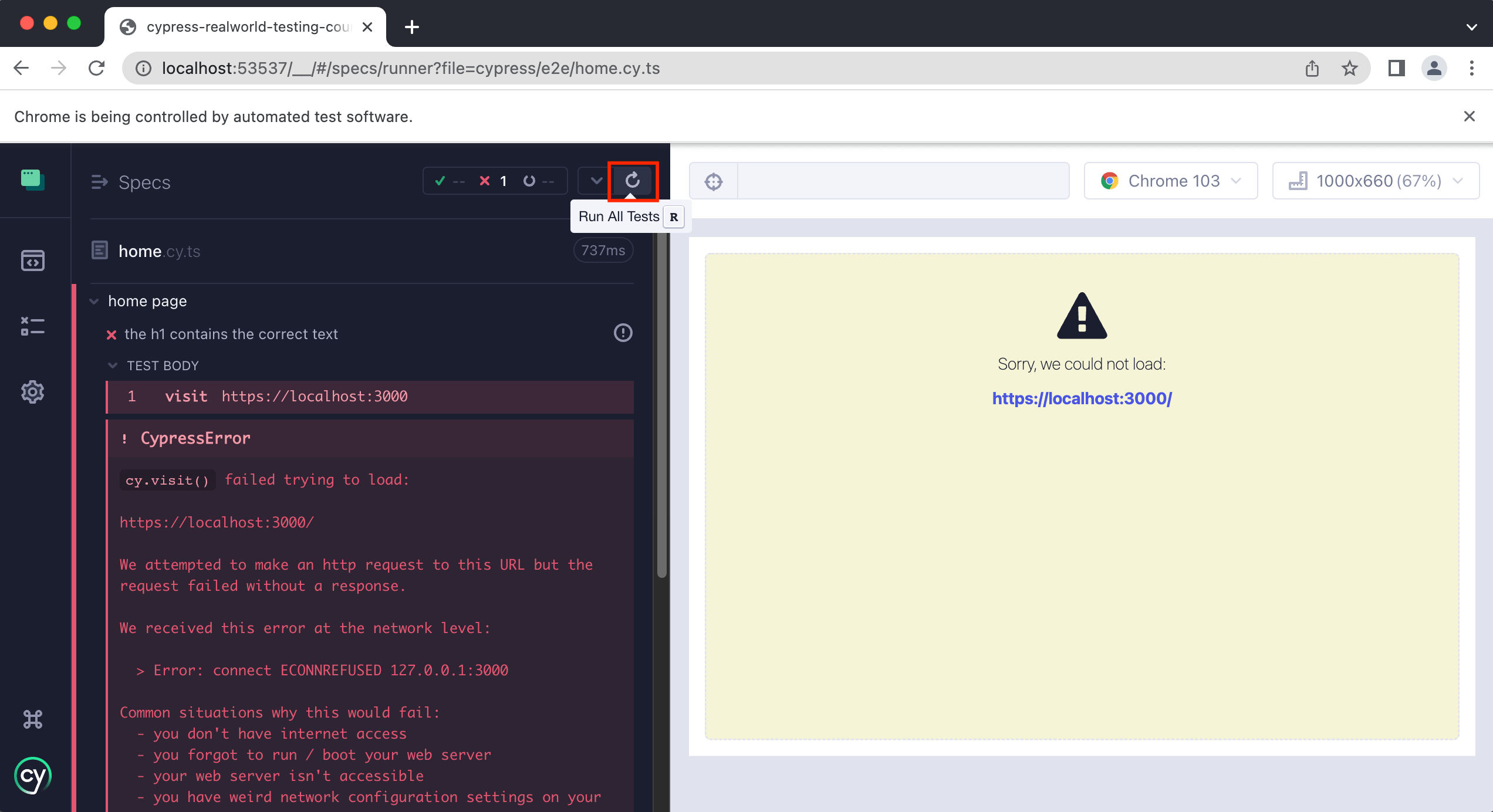

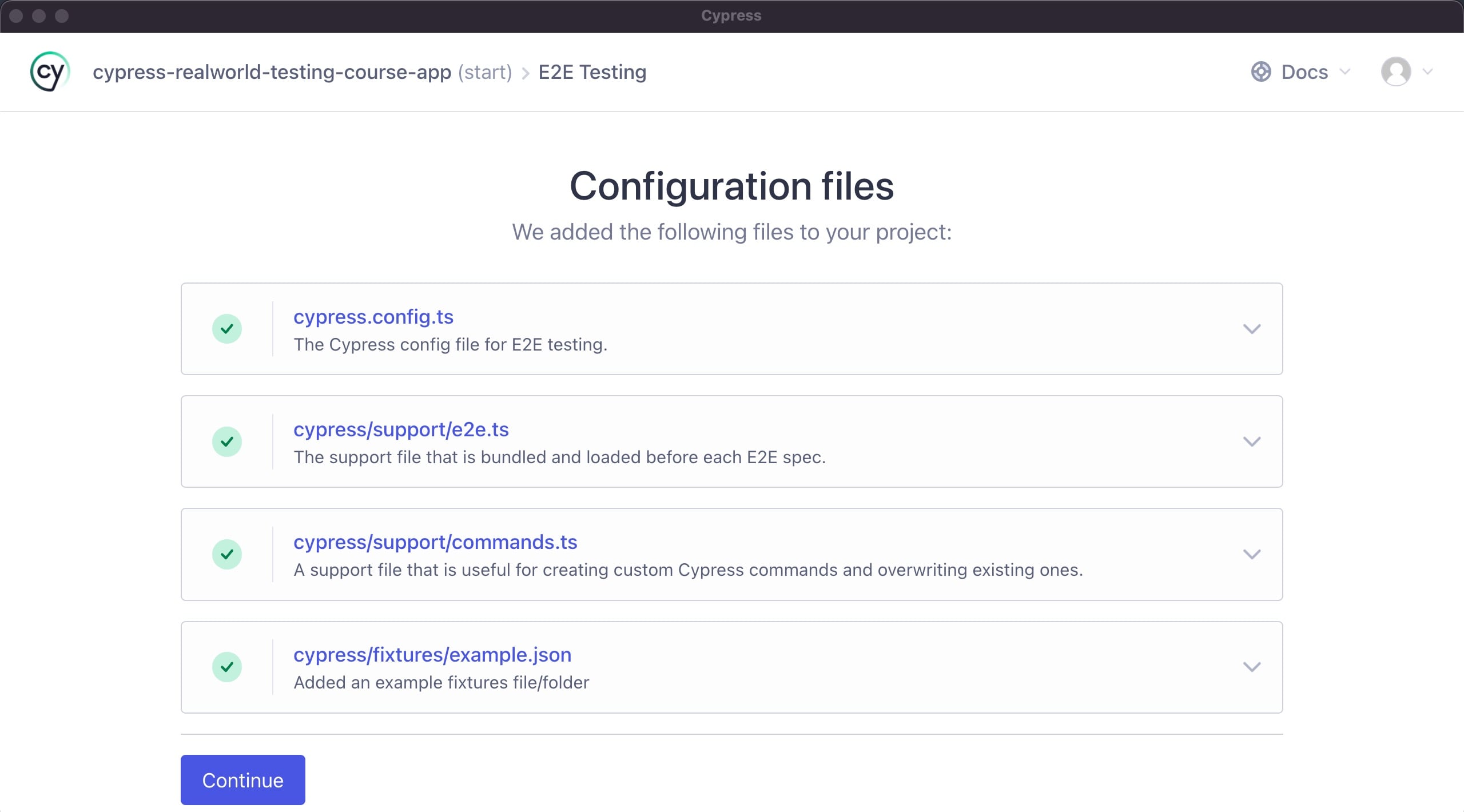
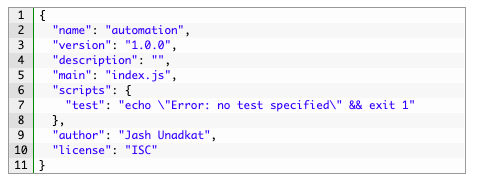



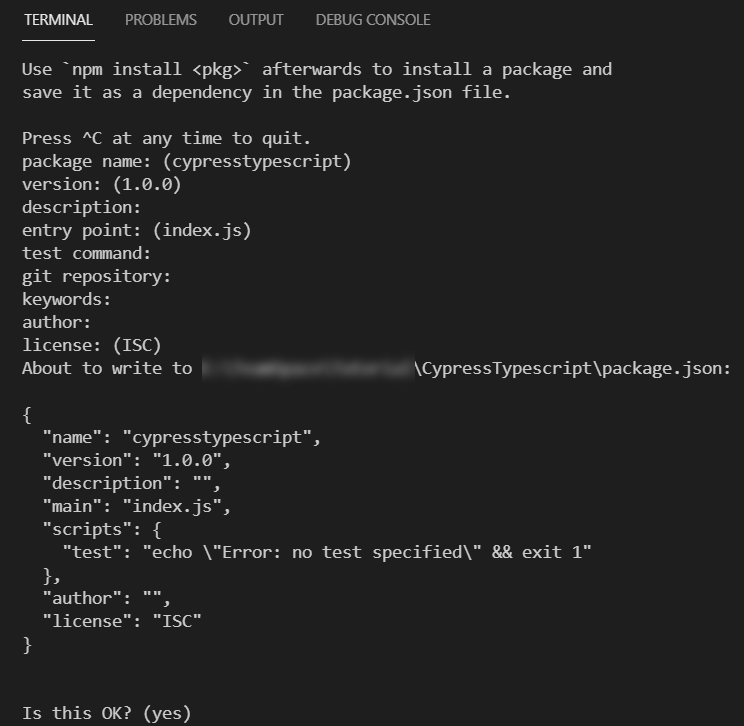
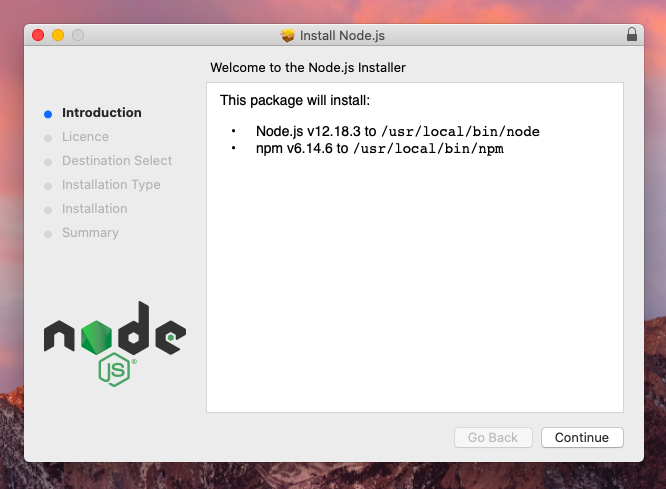

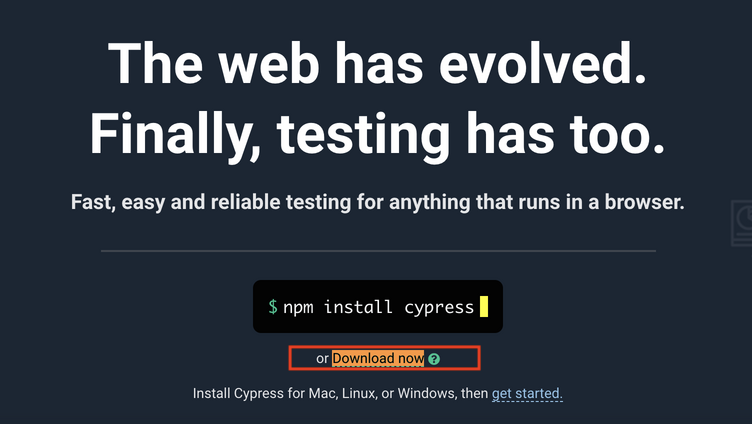

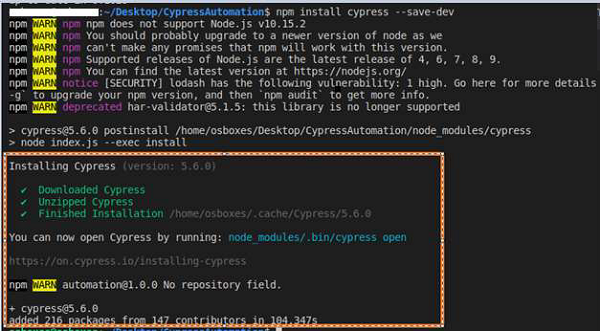
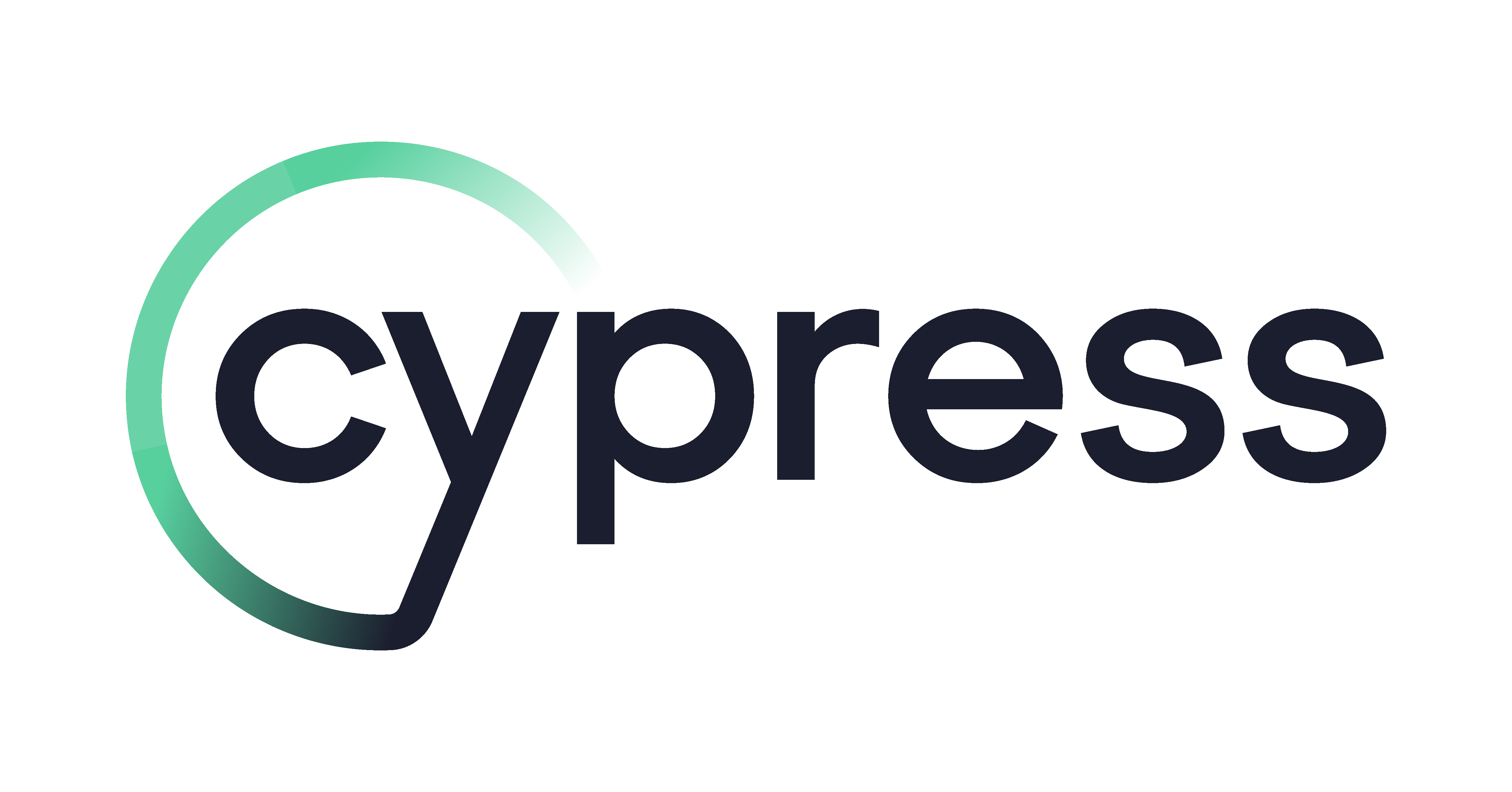




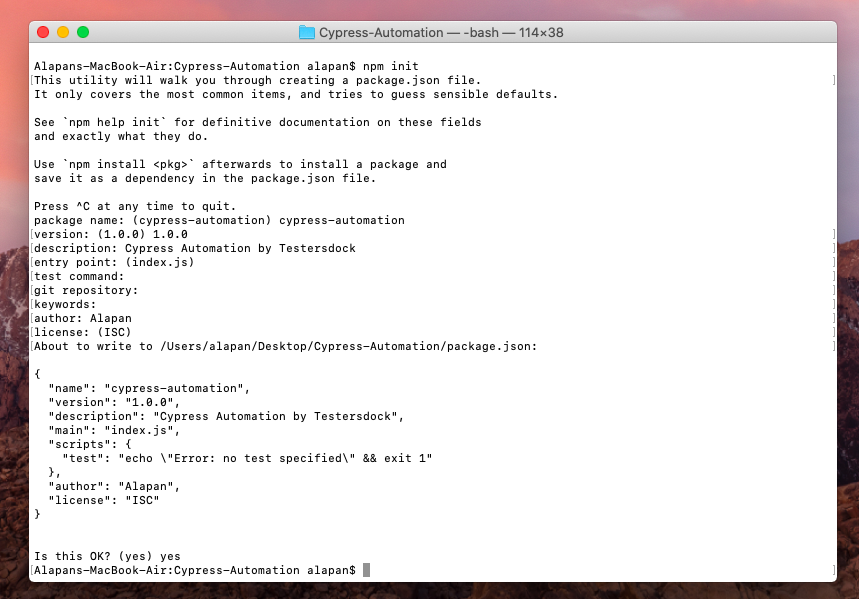
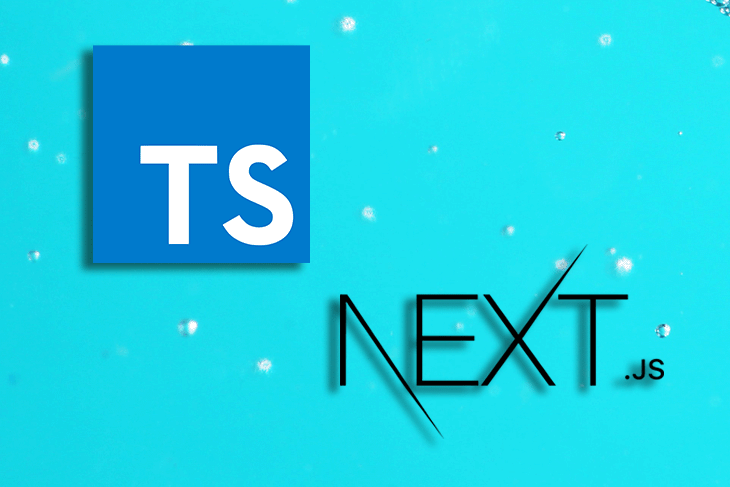



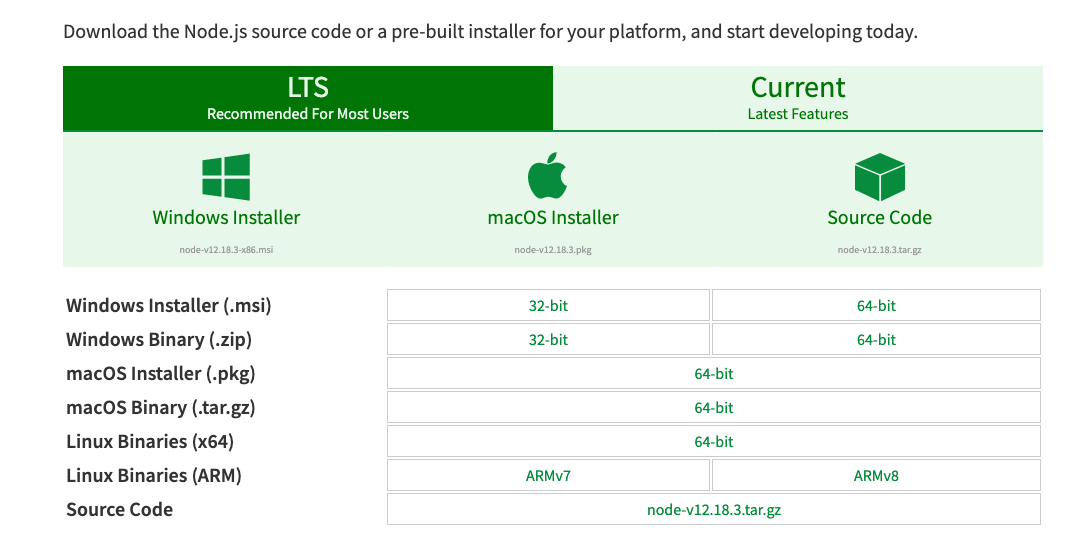
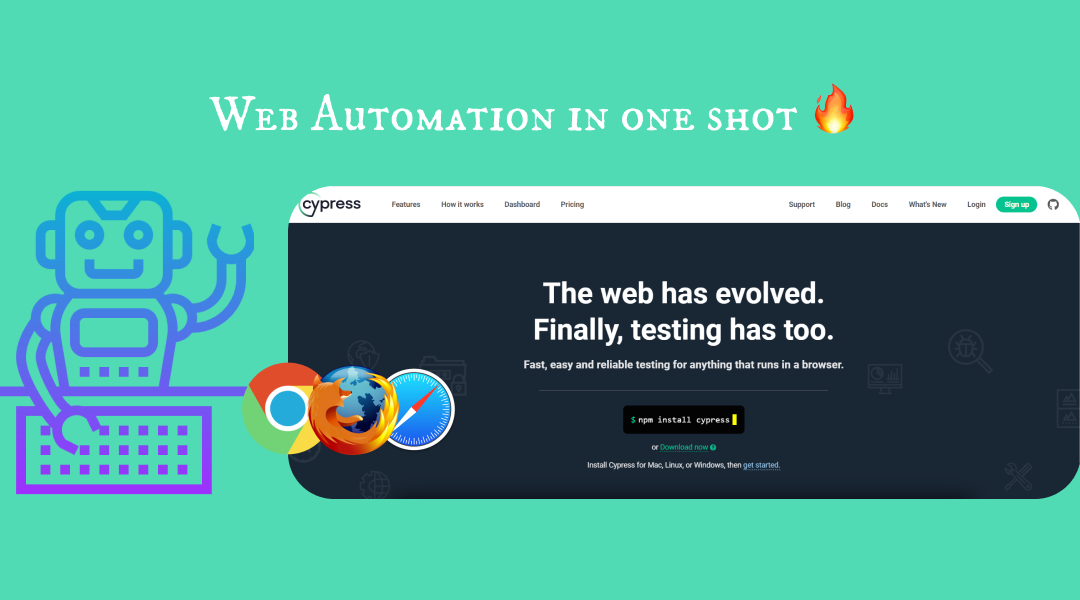


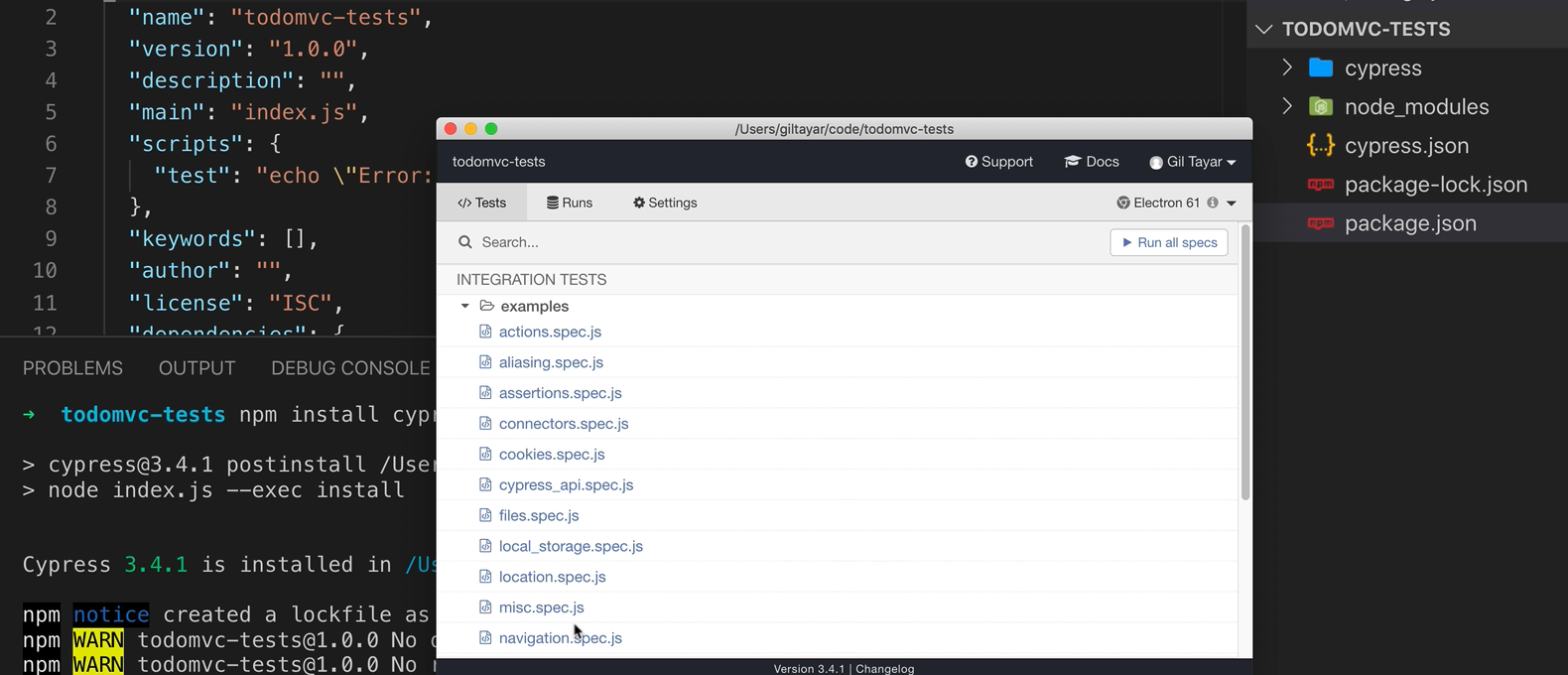
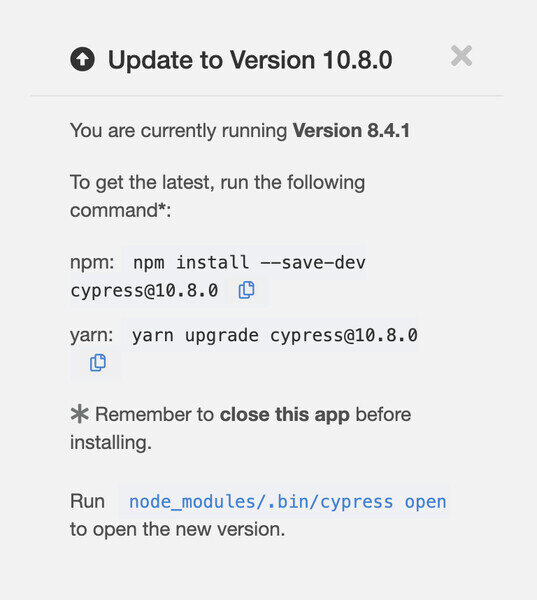


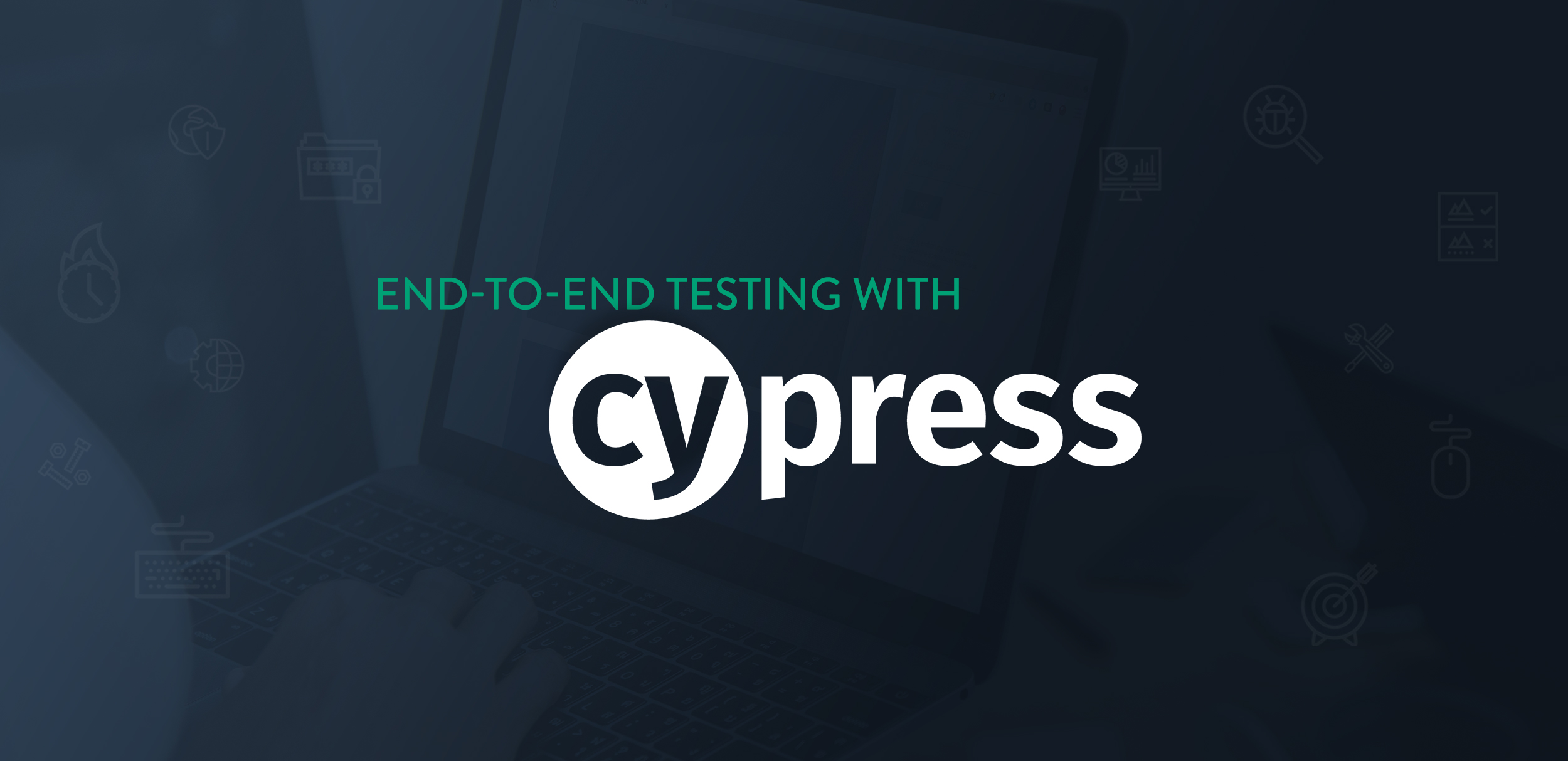
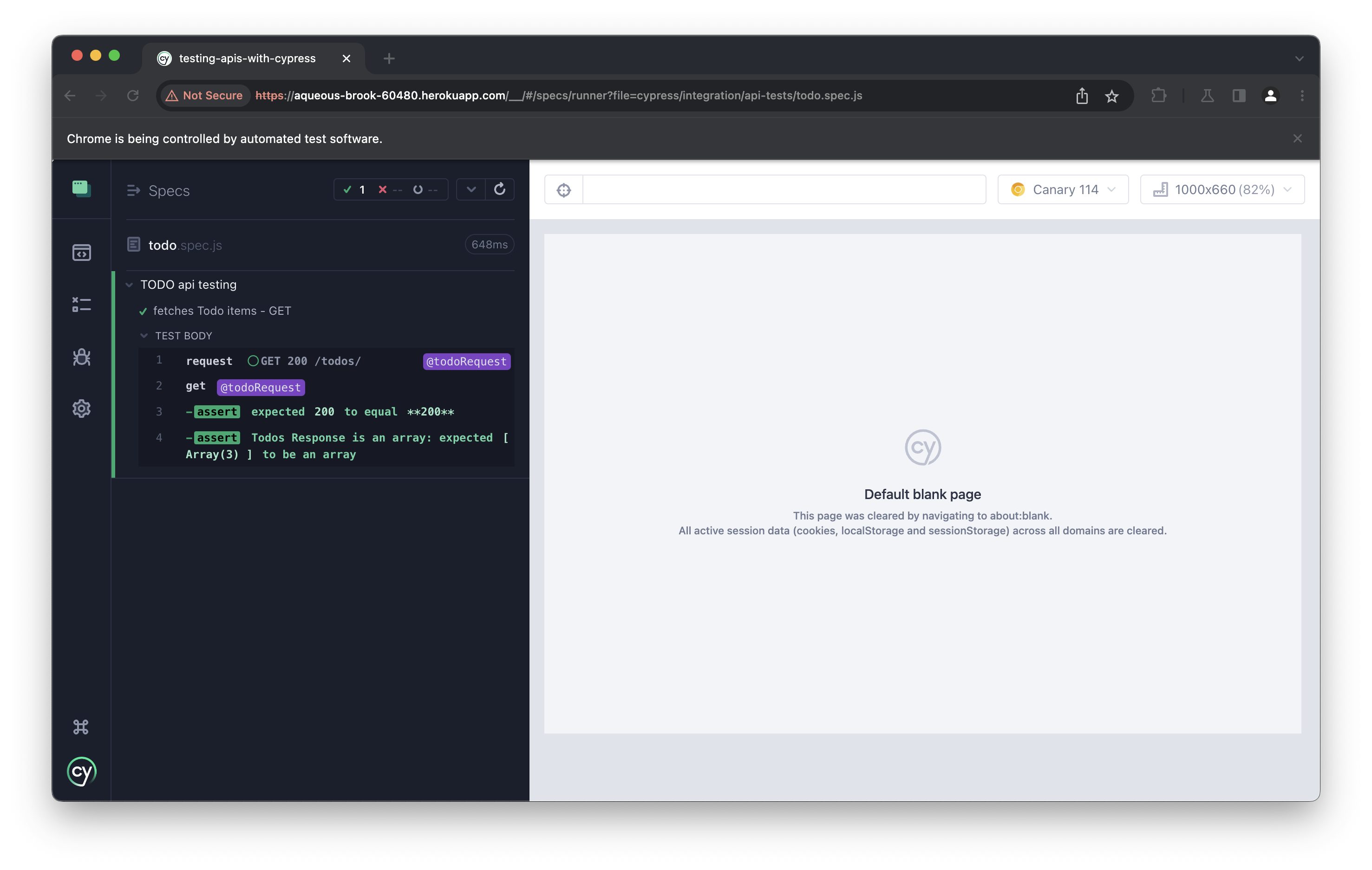
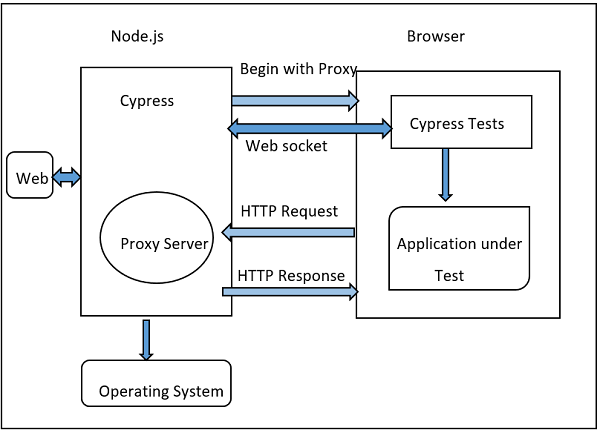

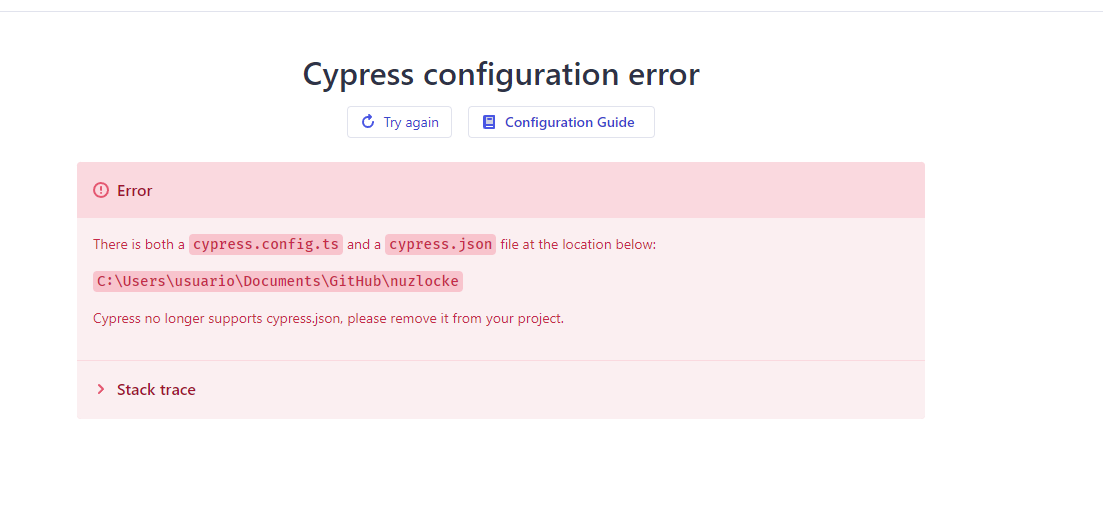
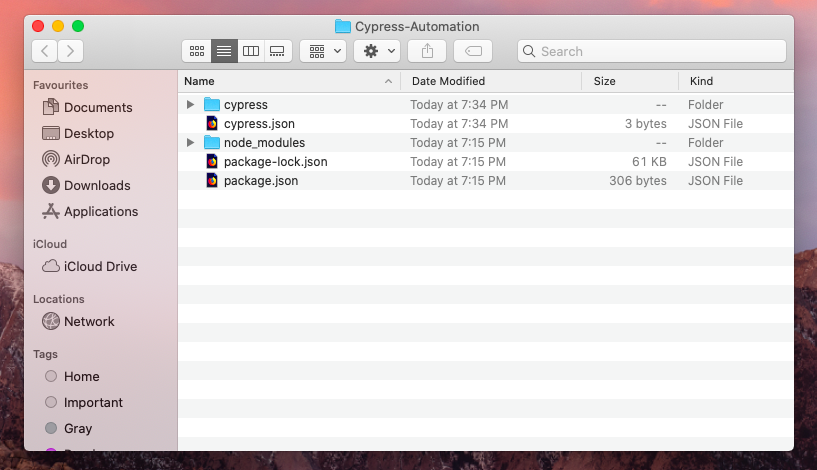
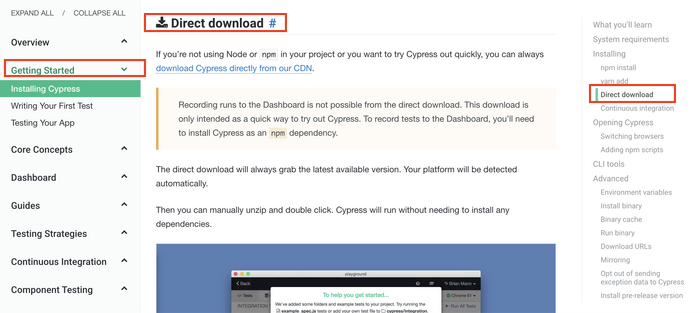
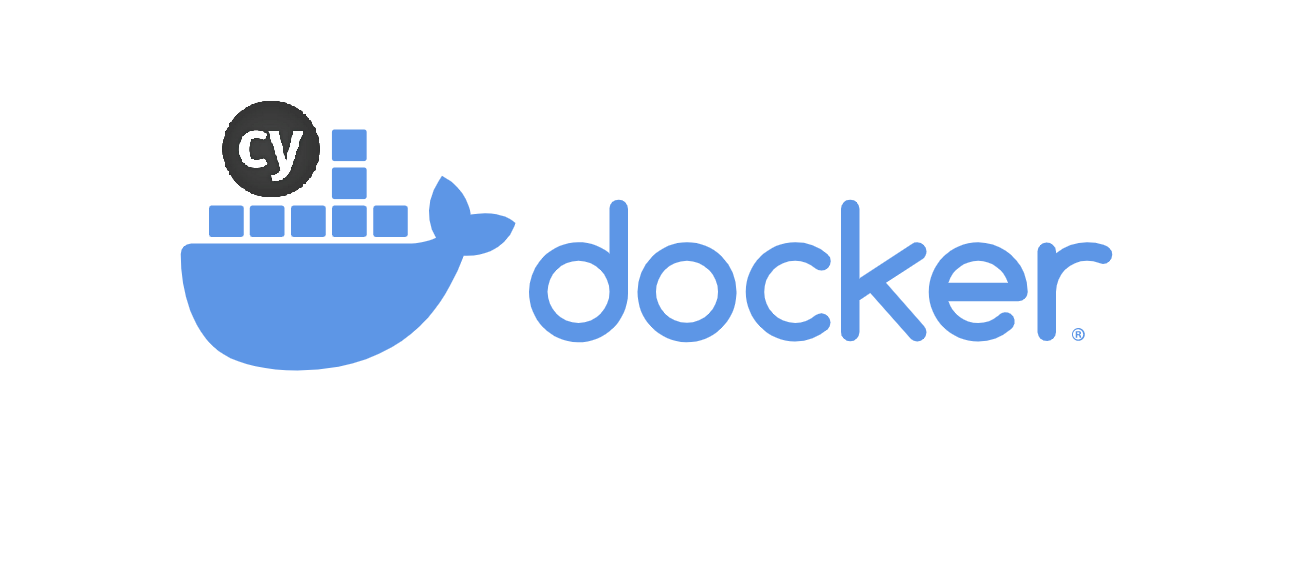




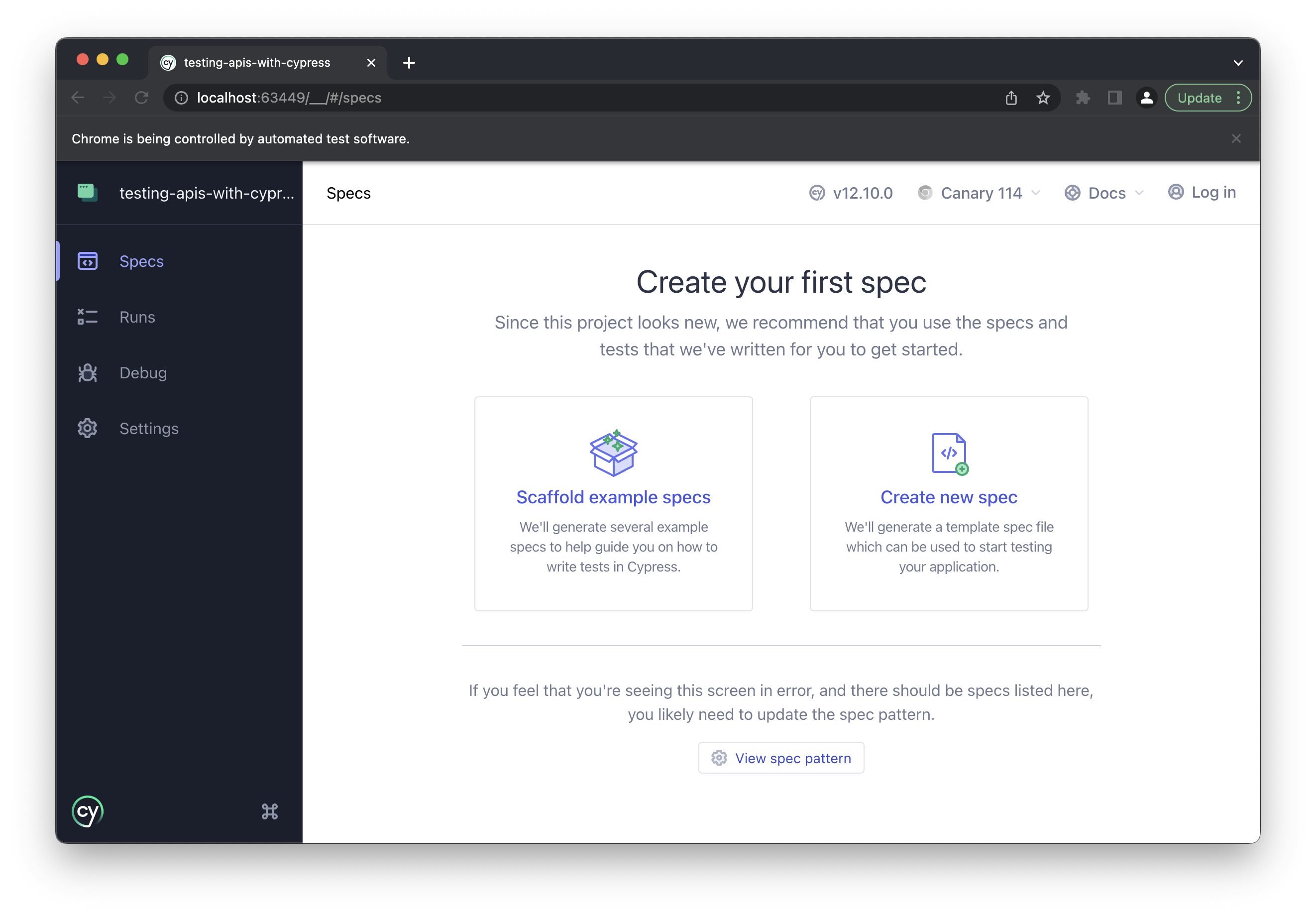

Article link: npm install cypress not working.
Learn more about the topic npm install cypress not working.
- Not able to install cypress on windows 10 – Stack Overflow
- How to Install Cypress for Test Automation | BrowserStack
- Common errors | npm Docs
- Opening the App – Cypress Documentation
- Installing Cypress – w3resource
- How to install Cypress for Windows | BrowserStack
- Install Cypress on Windows (Step by Step) – Way2Automation
- Installing Cypress – w3resource
- Installing Cypress through npm | Blog – Gangsta Software
See more: https://nhanvietluanvan.com/luat-hoc/